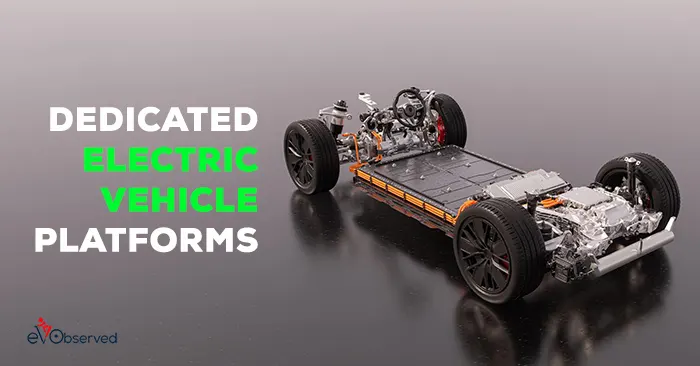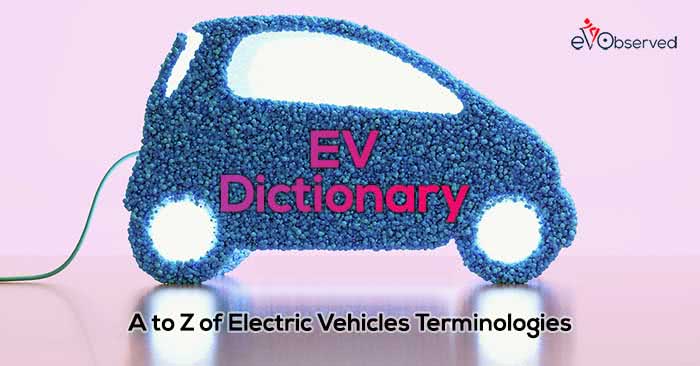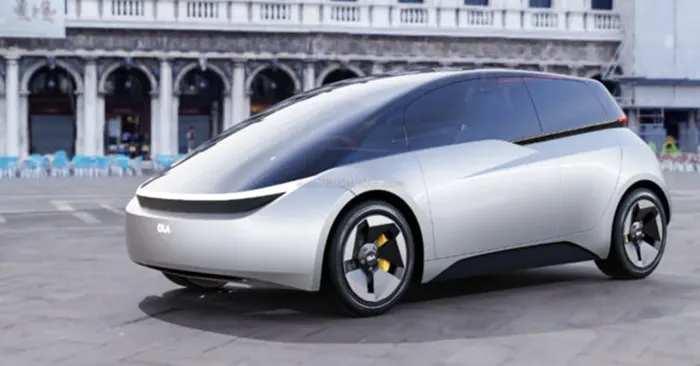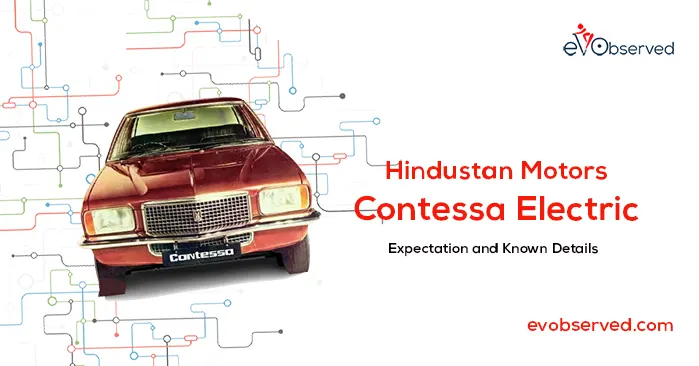We have a lot of devices around us that run on Energy supplied by the batteries. Lithium-Ion batteries are the most commonly used ones nowadays due to their high charge packing capacity and longer life. But Lithium reserves are available in limited countries such as Australia, China, Chile, Argentina, the USA, etc. Where companies face tough competition to secure their supplies.
Apart from this, there is a major environmental concern regarding Lithium, as it involved a tedious process in extracting Lithium from its Ore which involves treating it with Harsh Chemicals that are dangerous to the Environment. In the Periodic Table, Lithium lies in Group 1, where all the other elements share the almost same properties.
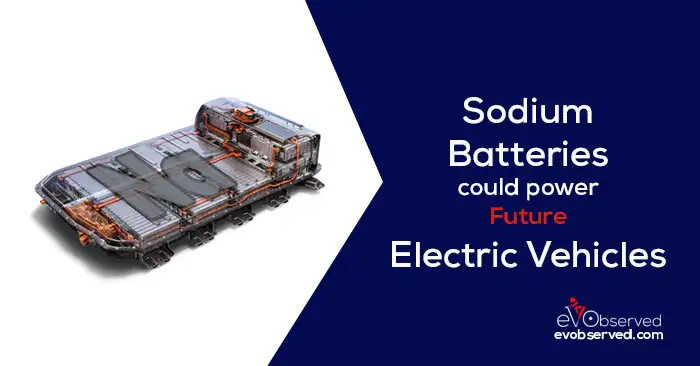
Below Lithium lies the Sodium which also has an extra one electron in its valence shell and shares almost the same properties as that of Lithium. Also, sodium is one of the top 10 most abundant materials on the earth which can be used to manufacture batteries.
Must Read: is EV Charging Environment Friendly? Some Untold Truth.
Found in Sea Water, sodium having an extra electron easily loses its Valence electron to ionize itself, which is required in the battery store and draw current. Sodium Batteries are not new in the scenario as they are also the ones that were being developed along with the Lithium-ion batteries. But in 1991 when Sony commercialized the Lithium-Ion batteries in Portable Cameras then Lithium-Ion batteries got their hype and are being used till now in every possible field.
Using Lithium was a groundbreaking discovery in the field of Energy Storage, but since everything from our Electronic devices to vehicles is being electrified, we need a new alternative that is available in abundance and less harmful to the environment. China’s leading battery Manufacturer named CATL (Contemporary Amperex Technology) has been working for a long on this Sodium-Ion battery technology and from 2023, they are planning to introduce Sodium-ion cells along with Lithium-ion cells in Electric car’s battery pack.
According to CATL, sodium being the more abundant metal than lithium can prove to be a better alternative. According to Tech Giants such as Elon Musk Nickel and Cobalt supply are also one of the major concerns that need to be looked into closely.
According to the Researchers, Lithium can hold more charge as compared to Sodium for the same size of the battery, so it is currently being used only in Grid applications where the size of the battery is not an issue. Also, the other factors due to which the Sodium batteries lose to Lithium-Ion batteries are the chemical stability of Sodium and the use of Nickel in them as much as used in Lithium-Ion.
Also check: EV Charging : Everything You Should Know about.
Sodium batteries eat up the Electrolyte and create sodium metal, which is highly unstable and can cause fires. Startups like Natron from California are building sodium batteries which are being used at data centers and Industrial units. According to Battery Scientists, the safety of Sodium Batteries is not perfect, but a perfect blend of the right electrodes and electrolytes can make it safer and make it hold more charge.
But some companies like Natron and CATL claim that their Sodium battery designs are completely safe. Researchers around the world are also planning to work on Solid-State Sodium batteries to make it the new future of the battery world. As EV sales rise, lithium supplies could shrink. So companies are incorporating cells with sodium, which provides almost as much charge as lithium batteries.

